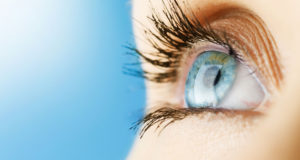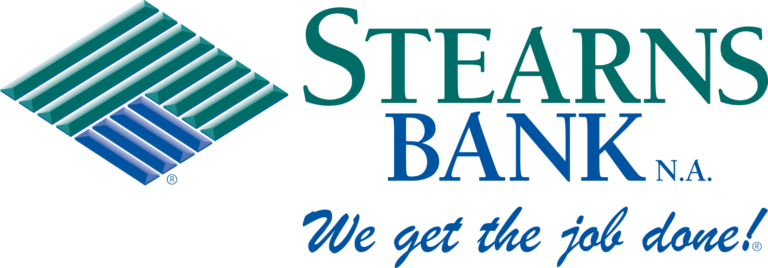January is Glaucoma Awareness Month, and there’s plenty of time left to get informed. More than three million people are diagnosed with this condition, and this number is expected to grow. Though there are some risk factors outside of your control, there are several precautions you can take to preserve your eye health.
Glaucoma is related to various conditions that affect the amount of pressure placed on your eyes. Hence, some surgeries and medicines can be recommended that will relieve this extra weight. Of course, certain factors (like ethnicity, age, and family history) can affect the likelihood or severity of this disease.
Glaucoma Awareness
Glaucoma awareness is particularly important because the disease is preventable, but once vision loss sets in, it’s permanent. In fact, it’s the leading cause of preventable blindness. Symptoms are often difficult to notice at first, but glaucoma typically starts on the edge of a person’s field of vision, so significant vision loss can occur before a treatment is pursued. Early detection, treatment, and a healthy lifestyle may help slow the effects. There are different types of glaucoma:
- Normal tension glaucoma. This primarily affects adults. The title “normal” refers to the amount of pressure on the eye at the time of diagnosis. A patient suffering from normal tension glaucoma experiences vision loss despite normal eye pressure.
- Closed angle. This occurs when the iris encroaches on (or even blocks) the eye’s drainage angle. This condition is more common in people of Asian descent.
- Congenital. This is a hereditary condition often diagnosed by cloudy eyes or light sensitivity in children. This can lead to total blindness if not treated. Surgery is commonly recommended to inhibit vision loss.
You can raise glaucoma awareness by talking to your friends and family about the condition, and if you or someone you know has been diagnosed with glaucoma, there are resources online, online communities and local support groups available.
Health Precautions
If you’re predisposed to glaucoma, let your ophthalmologist know. Schedule regular eye exams for the best outcome, and know the risks you can and can’t control:
- Age. Glaucoma can form at any time, but it’s especially prevalent in individuals over 60.
- Ethnicity. Glaucoma is generally more common in African American and Latino communities. The Asian population is specifically more at risk for closed-angle glaucoma.
- Health. Any health or hereditary conditions that affect eye pressure can equate to greater glaucoma risk. Blood pressure (either too high or too low) and high intraocular pressure can also exacerbate this disease. Conditions like diabetes and myopia as well as past eye injuries can lead to vision loss.
- Family. Congenital glaucoma can be inherited, though it isn’t a guaranteed problem.




